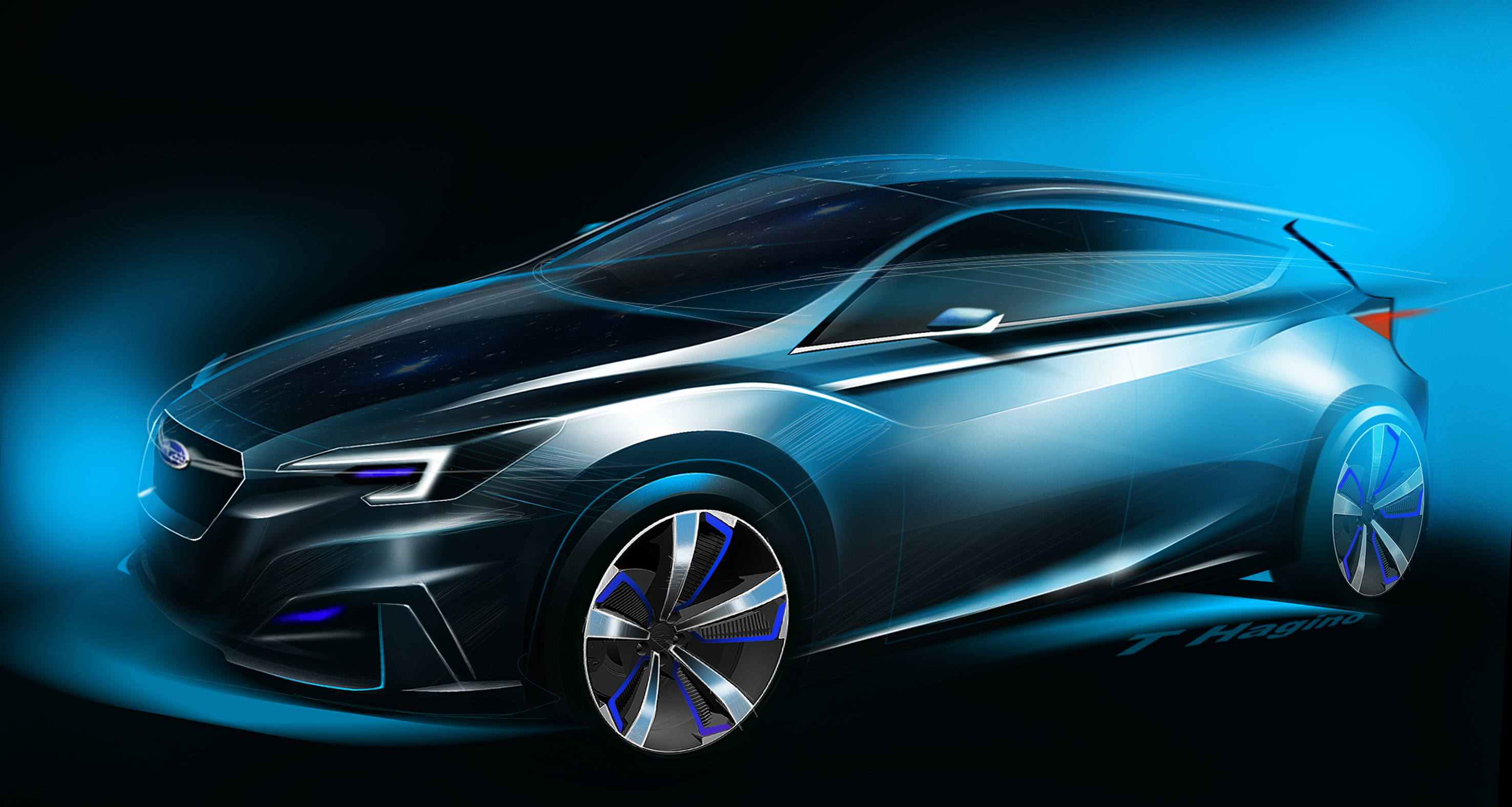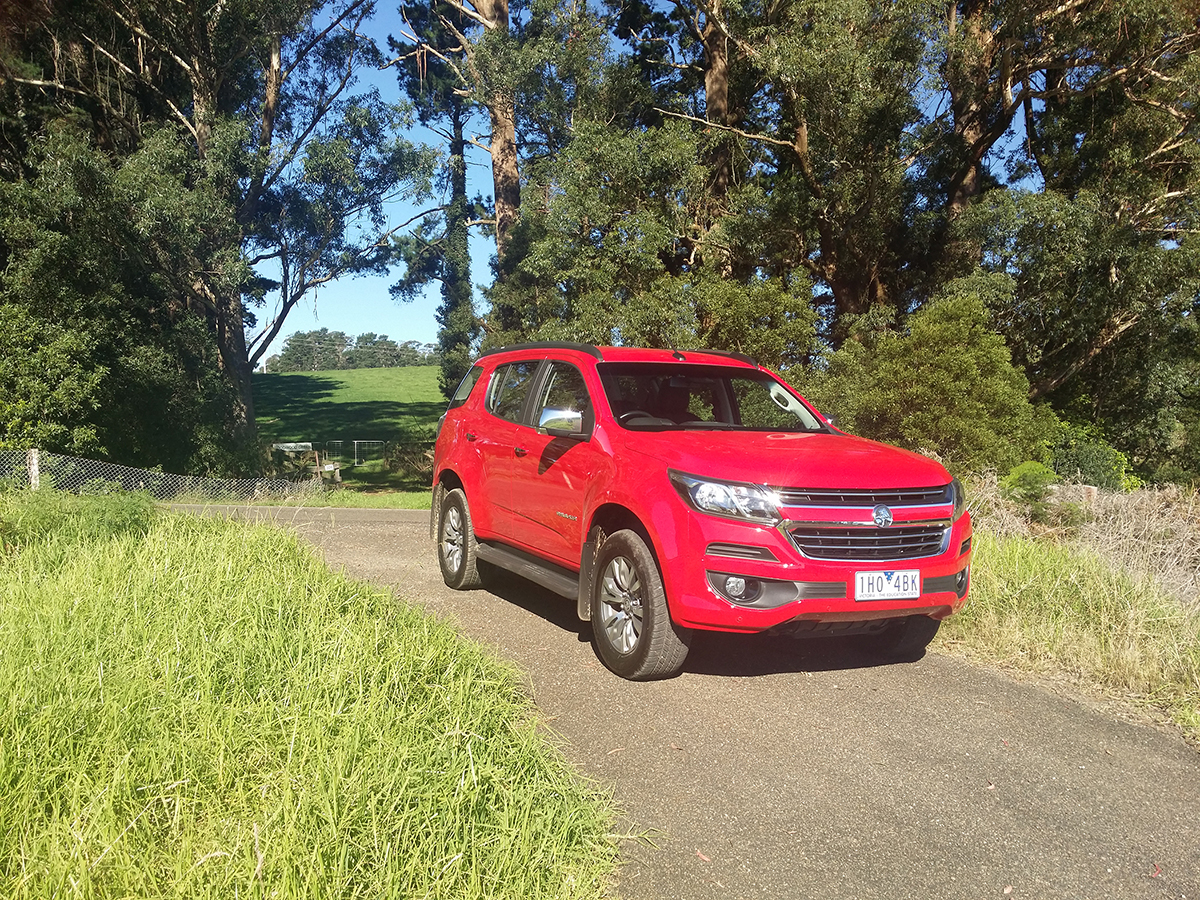The Toyota Camry has always been a solid, conservative vehicle. It is a rational approach to motoring.
It has been functional more than inspiring.
And it has sold very well. But times are changing.
Toyota has just launched the eighth generation Camry 34 years after it was first introduced. It is the first Camry to be sold in Australia in 30 years that has not been built here.
The first design sketches for any new model vehicle model are usually totally over the top. More like a young person’s doodle on a school exercise book with the vehicle being much lower to the ground, a roof line that would only suit very small children, wheels with huge rims and tyres that have such a low profile that there is practically no rubber.
The original drawing and initial directions sketch for the Camry were a little optimistic but were surprisingly pretty close to the mark.
I think this indicates that the car has come very close to hitting the target.
While Camry has a conservative heritage, Toyota knew it had to break new ground. The chief engineer for the Toyota motor Corporation Misato Katsumata who led the design and production of this vehicle, does not hold back on the need to make this a vehicle of performance and looks.
The Camry is one of the best rational choice in the world. But we have to change that and we can’t stay there. So that is the biggest driver for us. And even though we felt no threat from that.
So then my focus point is originally driving performance, but without any styling change no customer may appreciate that performance.
So then we have to focus on that completely unprecedented change in styling. This is the first target for us.
Exterior Design
From the front there are some distinctive lines and features but while they are strong statements it’s not too over the top in the way of some other Toyota products have done. One thinks most particularly of their small SUV the CH-R.
The angular hourglass front grill and side fake vents clearly have a bit of Lexus about them.
I think the success of the vehicle as an overall design package is best shown from the side.
Following a trend that has appeared on a number of vehicles most recently the Kia Stinger there is a long bonnet with a slight arching effect as it goes from window to grille.
The look along the length of the vehicle shows a car that has good proportions for a big vehicle.
There’s a clever crease at the back between the roof and the waist line which gives the impression of a lower fastback look while at the same time not having to drop the roofline a great deal.
The roof and the rear window extend well back which is great for passenger head room but it does compromise the size of the boot opening although once inside the boot there is a cavernous space with around 500 litres of capacity
The rear of the car has some strong feature line without ugly protrusions.
There is a very narrow little wannabe-vent from the rear tail lights heading downwards about 250 mm.
I think fits OK on the brighter or darker coloured cars although on a white vehicle the black vent gives the look of a Fu Manchu moustache.
The sleek profile is more than just a few clever design features. The car is longer and clearly lower while at the same time providing more space for passengers inside.
While the car is lower it was not awkward to get into.
Models
There are four specification grades with the Camry that have new names.
The base model is the Ascent,
Next is the Ascent sport. The word “sport” in a cars specification is not what it used to be. It doesn’t mean extra power or better handling and from what I can work out the Ascent Sport gives you a bit of bling on the outside and a few features inside such as dual climate control.
Level three is the SX which is more sporty looking including having the largest wheels at 19 inches with corresponding low profile tires.
The highest level is SL and is aimed at luxury with 18 inch rims with not as aggressive low profile on the tyres which can help with a smooth ride.
Engines
The previous model Camry was sold only as a 4 cylinder. This 8th generation Camry will have both 4 and 6 cylinder engines. None are turboed but one is a hybrid.
The base model 2.5 litre petrol engine comes with 133 kW and 231 Newton metres and is rated at 7.8 litres per hundred in fuel consumption. You get a smidgen more power when you move up from the base model and get duel exhaust pipes but the fuel consumption jumps disproportionally to 8.3 l/100 km
It comes with a six speed automatic.
Toyota tells us that the power train for the hybrid vehicle is all new. The petrol engine is also a 2.5 litre 4 cylinder (if it is new and better I don’t know why they didn’t use it on the base model). It has about the same horsepower as the non hybrid version but with the electric system the combined power output is 160 kW. They don’t give a combined torque figure.
The hybrid comes with a CVT gearbox.
It is rated at an outstanding 4.2 litres per 100 km combined cycle. In fact, the figure is much the same for city or country. Which is better than the first hybrid Camry which only had a 1.5 litre petrol engine.
The top of the range is a direct injection 3.5 litre V6 with 224 kW and 362 Newton metres achieving 8.7 l 100km slightly more in the SX. IT comes with an 8 speed automatic gearbox
Interior
The interior also takes another important step away from the bland.
There’s good room, some nice features but perhaps the most distinctive aspect of the dashboard is its asymmetric design.
The centre screen and control buttons are housed within what looks like the reverse image of a lower case of the letter y.
Its smart and different.
The screens were 7 to 8 inches in size but I particularly liked the 10 inch heads up display screen on the top of the range SL.
Toyota believes that its entertainment control system has been developed with great care and understanding and they don’t see the need to a link to Apple Carplay or Android Auto.
I think their wrong. It’s not that their system is bad it’s just that as we move into a future where more and more people will be renting different cars at different times, the need for familiarity is an important safety feature.
On the road
We started our drive program in the reginal city of Coffs Harbour 530 kilometres to the north of Sydney
The lower centre of gravity not only improves it’s looks but helps provide better driving dynamics
The road noise level varied considerably. On the smooth motorways it was quiet but on the courser bitumen surfaces the noise increased noticeably.
The ride was very comfortable without compromising its road holding or its confidence on bumpy twisty roads.
The base model 4-cylinder engine is clearly no rocket. It was not spirited on hilly, twisty roads but it built up speed acceptably without sounding like you were ringing its neck.
For a pleasant drive through some lower standard secondary roads its coped well.
We will be testing the hybrid and V6 in more detail at a later stage
Price
Recommended retail prices have gone up and down depending on the model.
Prices started $27,690 and go all the way to nearly $44, 000 but to this you have to add on road costs.
The recommended price for the base model is an increase of $1,200
With an increase of $2,500 the more expensive SL model with a 4 cylinder engine has gone up the greatest amount.
Interestingly the Ascent and Ascent sports hybrid models have decreased in price. In fact, you can buy a hybrid Camry for under $30,000 (but only just and you still have to add on roads.)
Conclusion
So in summary, this is the first Camry to be sold in Australia in 30 years that hasn’t been built here. But unlike the other large and also defunct Australian made cars, the Commodore and Falcon, Toyota never relied nearly as much on a nationalistic image to sell the Camry. In fact many people were unaware of the extent of Toyota’s Australian production capabilities.
The new Camry is very much fit-for-purpose in its functionality and thankfully is not a dowdy family sedan.
It will appeal to a range of people but it still represents a large car that has the capacity to take 5 people in comfort with a good deal of luggage.






